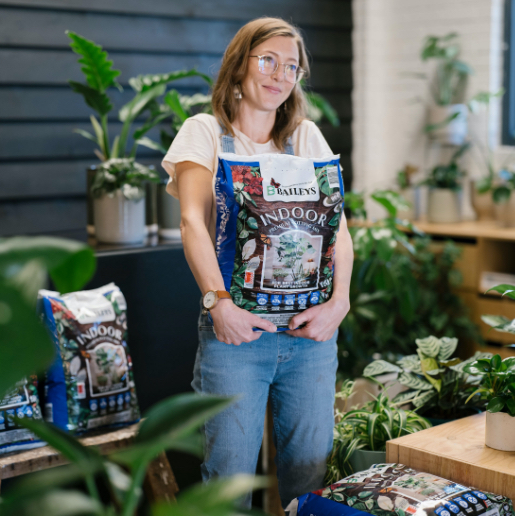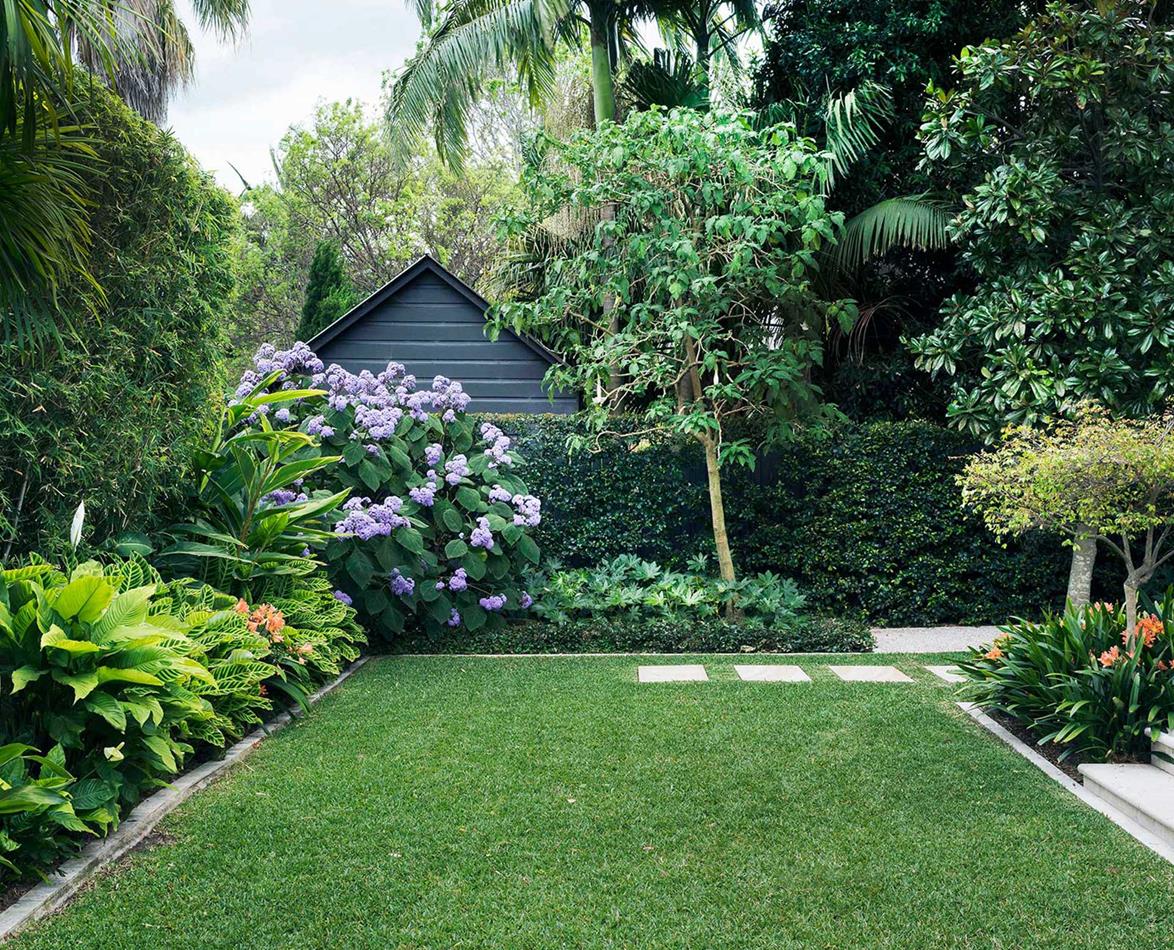
Join our Great Gardens Club!
Sign up to enjoy 15% off your first purchase from Baileys online. Plus, get our monthly WA gardening tips, latest news and promotions straight to your inbox.

Sign up to enjoy 15% off your first purchase from Baileys online. Plus, get our monthly WA gardening tips, latest news and promotions straight to your inbox.
The Mediterranean fruit fly is the single most devastating pest of fruit in WA. If you grow peaches, nectarines, mandarins, guava, feijoa or Aztec fruit without protection you are unlikely to eat one piece of clean fruit for the year. Not a very profitable or worthwhile exercise. From Esperance to Derby, the cursed fly has extended its range, only the Ord River is currently unaffected. The epicentre of this infestation, which has been with us for more than a century, is the Bunbury to Perth region.
Male fruit flies gather under leaves, particularly citrus, and call the females. Once the eggs have been fertilised the female looks for ripe fruit to deposit the eggs through an ovipositor. Up to 300 eggs are injected into the fruit and as these hatch, the grubs feed voraciously on the flesh causing this to brown-off and turn to rot. The damage from breaking the skin and the subsequent rotting send a signal to the tree that this particular fruit is ripe and should be ejected. When the fruit falls to the ground the advanced grub then burrows into the soil to pupate.
This is a good question as the Medfly has been joined on a couple of occasions by the Queensland Fruit Fly. If possible this causes even more devastation as its host range goes beyond fruit and includes vegetable-fruits such as tomato and capsicum. The previous QFly invasion cost millions of dollars to eliminate through the use of purpose-bred sterile male Qflies.
The main insecticidal spray Lebaycid has been withdrawn from sale, as I understand it, because of the devastating toll taken of Carnaby's cockatoo. Alternative forms of protection that don't involve spraying are listed below.
Exclusion netting has worked well for me. I drape shade cloth over the entire tree and tie this off around the base of the trunk. I wait till the fruits are nearly full size but before any colouring of the fruit. You may need to reduce the size of your trees to make netting feasible. If planting new trees, look for dwarf varieties, as these are easy to keep low. Exclusion bags made from shade cloth, mosquito netting or nylon fly screen can also be used effectively. The idea here is to enclose bunches or even individual fruit. If you are not aiming to pick the fruit on your property it's best to either strip the tree of green unripe fruits or remove the tree entirely.
Install hanging fruit fly traps at the rate of two traps per tree. Commercial types come with a bait solution. Homemade traps are usually created from empty two-litre plastic cool drink or milk bottles.
Solarizing fallen fruit in a heavy-duty black plastic bag and placing these in a full sun position for 3 to 5 days. At this point it is safe to feed the solarized content to chooks or add to an active compost bin. Alternatively, place it in the garbage bin.

With origins in the northern parts of South America, chillies are well suited to summer conditions in Perth. The fruits seem to have found a place in just about every cuisine and there are thousands of varieties from which to choose, all belonging to the capsicum genus. They're members of the solanaceae family, along with cousins potatoes, eggplants and tomatoes.
There are a small number of staple varieties that are easy to find and these can get you started on the chilli odyssey, if this is where you are heading. The heat varies from sweet nothing through to incendiary. All re are a small number of staple varieties that are easy tofind and these can get you started on the chilli odyssey, if this is&chillies are edible, even Purple Explosion, which is normally grown as an ornamental variety
Chillies are short lived perennials in subtropical and tropical areas, but are normally grown as annuals in colder regions.Growth and fruiting slows down in winter to the point where some cold sensitive varieties can die. In Perth it is possible to keep all varieties for more than a year, with careful treatment of the more sensitive types. Nurse them through by putting in a warm, sheltered spot and protect from the elements. Often it's best to start again in the new season, in spring, with newplants.